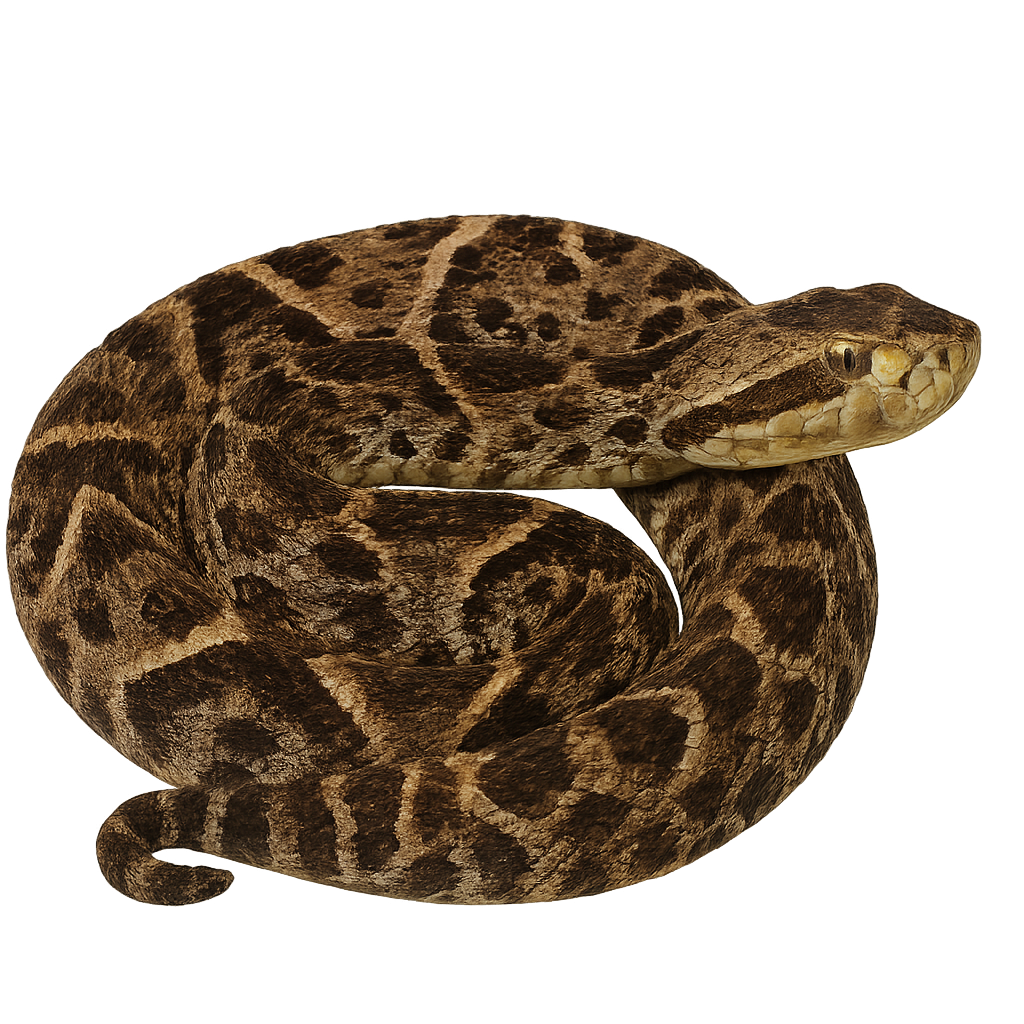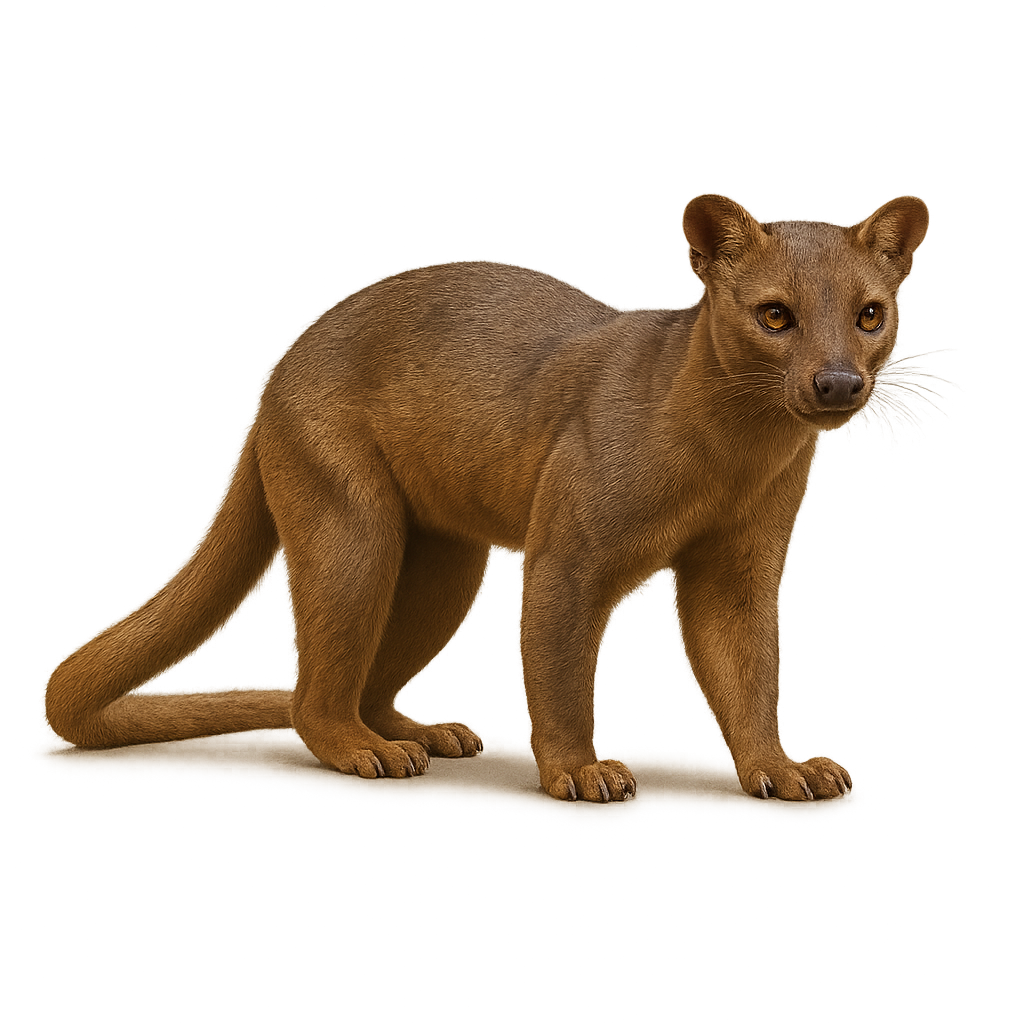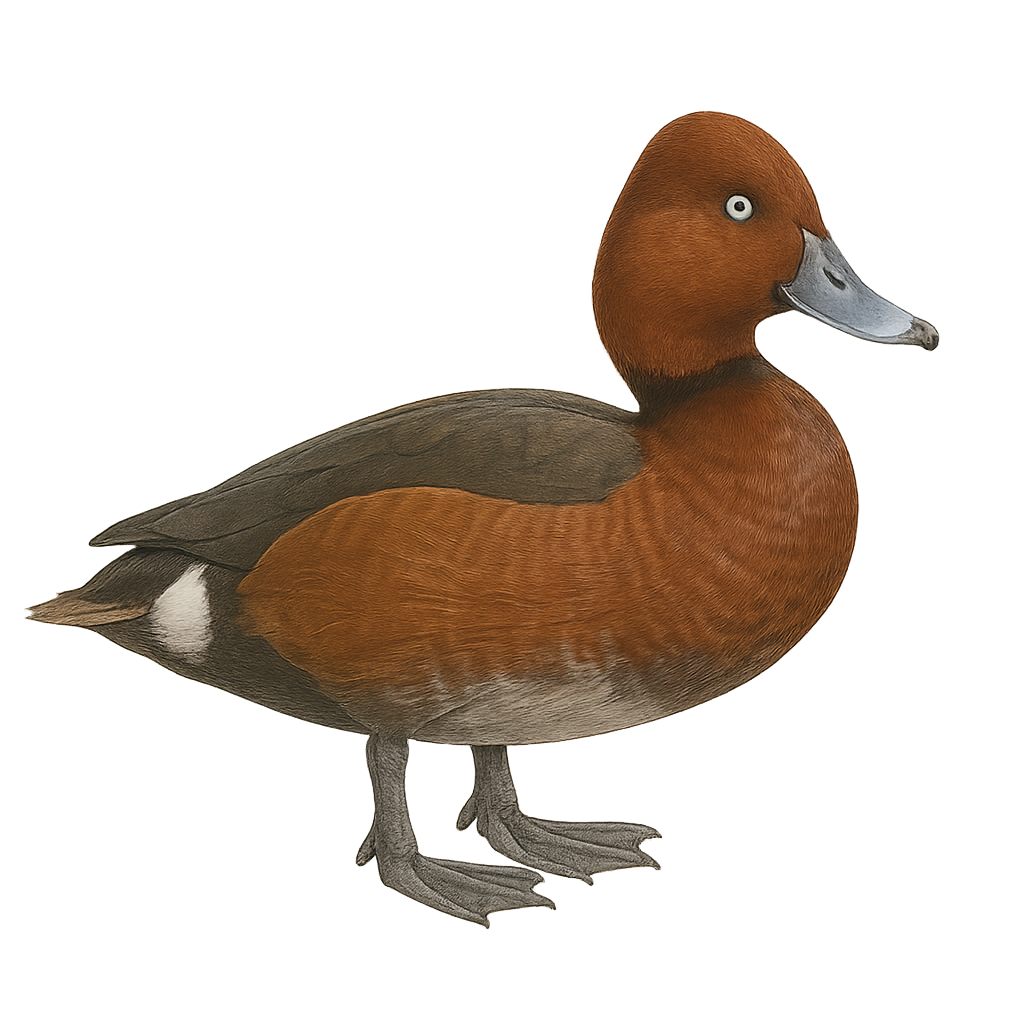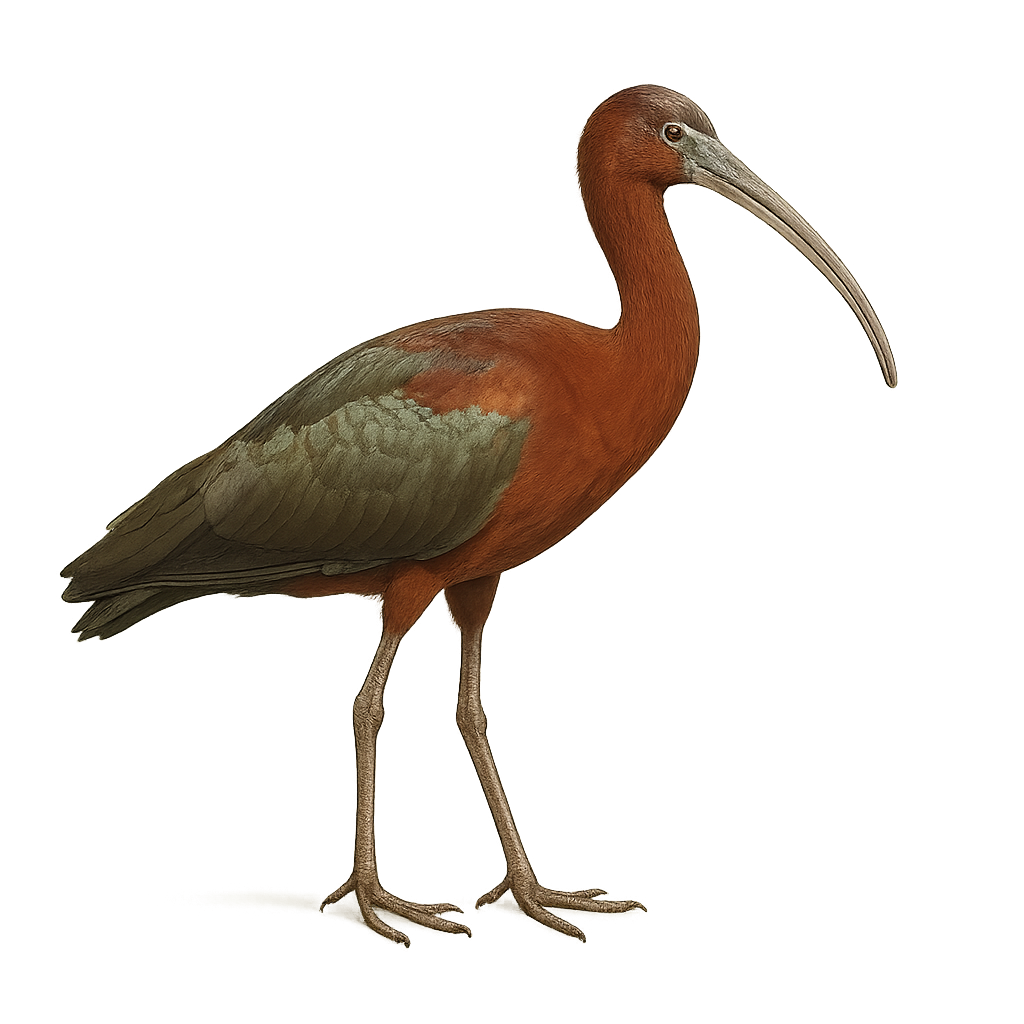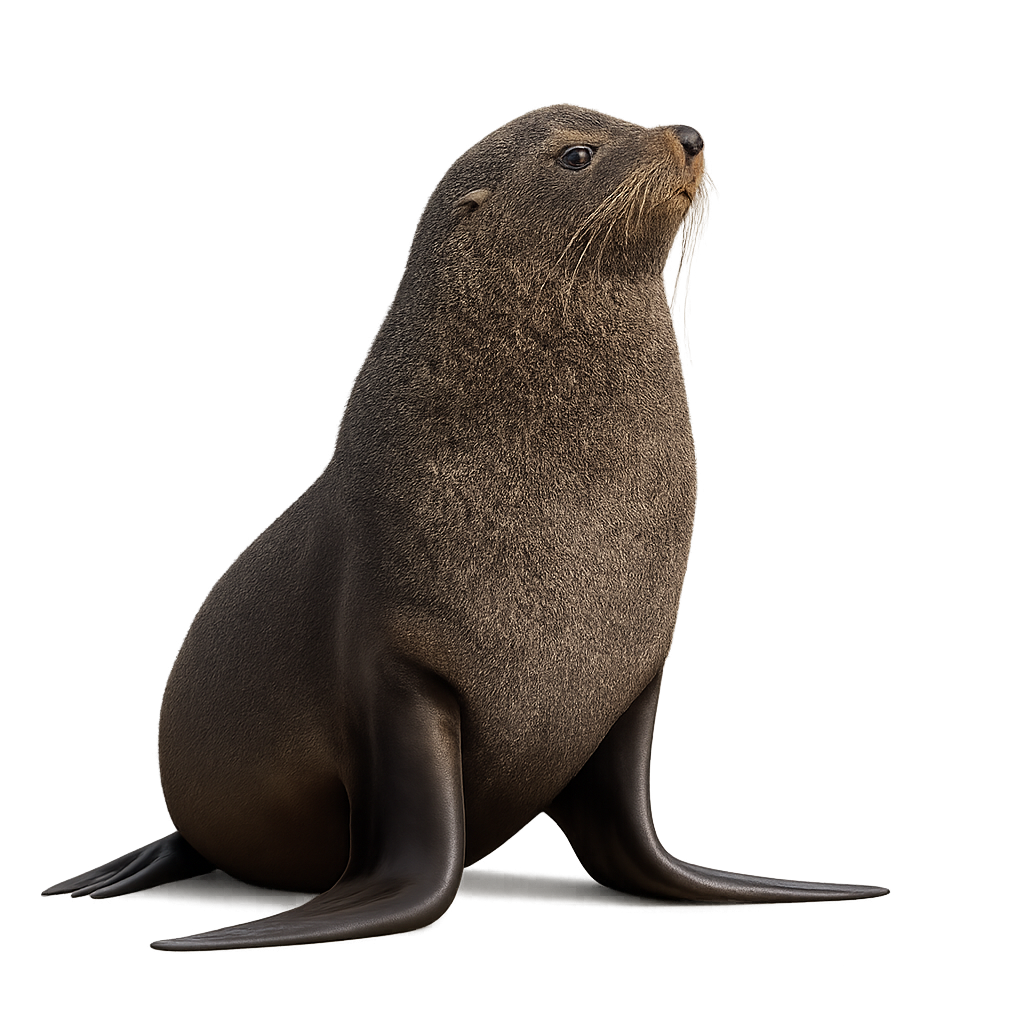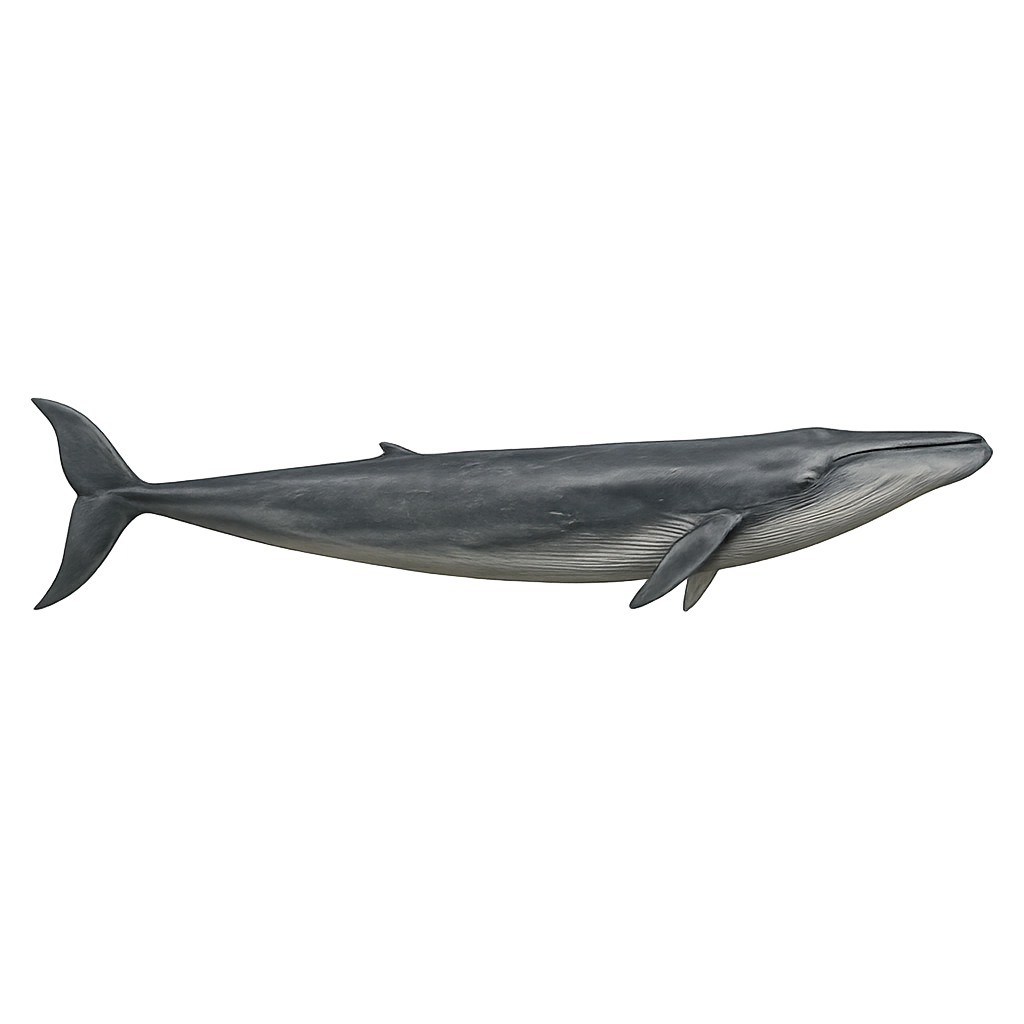Animal Species Profiles:
Mammals, Birds, Reptiles & More
Explore wildlife from around the world with the species profiles on WildlifePhotographer. Mammals, birds, reptiles… For each species, you’ll find key information such as habitat, observation periods, distribution, and photography tips. Want more details and advanced features? Download the full app for the complete experience.
Fallow Deer
Dama dama
The Fallow Deer, also known by the scientific name Dama dama, is a medium-sized cervid native to Europe and Asia Minor. It stands between 90 and 120 cm tall at the withers and can weigh between 30 and 100 kg, depending on sex and environment. Its coat, usually brown or gray, is spotted with white during the summer season, helping it blend into its forest habitat. The Fallow Deer primarily inhabits forests and woodlands, where it feeds on a variety of vegetation, including grasses, leaves, fruits, and bark. It is also known for its habit of moving in herds, often forming separate groups of males or females. The Fallow Deer is a ruminant herbivore that is primarily active at dawn and dusk. Although it is mostly sedentary, it can travel long distances in search of food or new habitats. During the breeding season, males fight for females, producing characteristic sounds such as roars. This species is listed as of least concern, but it can be threatened by habitat loss and excessive hunting.
Fennec Fox
Vulpes zerda
The Fennec is a small fox, easily recognized by its large ears, which can measure up to 15 cm long, nearly a third of its body size. It measures about 24 to 41 cm in length, with a tail measuring 18 to 30 cm, and weighs between 0.8 and 1.5 kg. Its fur is light beige to sandy, allowing it to blend perfectly into its desert environment. The large ears of the Fennec are not only a distinctive feature but also play a crucial role in regulating its body temperature by dissipating excess heat. The Fennec primarily inhabits the deserts and semi-desert regions of North Africa, especially the Sahara. It is a nocturnal animal, hunting primarily at night to avoid the intense heat of the day. Its diet is omnivorous, consisting of small mammals, insects, fruits, and roots. Thanks to its digging skills, it is able to find water beneath the sand, allowing it to survive in an environment where water is scarce. While the Fennec is not currently threatened, it may face risks related to habitat destruction and illegal capture for the pet trade.
Fer-de-lance
Bothrops asper
The Fer-de-lance is a venomous viper found primarily in the rainforests of Central and South America. It is a medium to large snake, typically measuring between 1.5 and 2.5 meters in length, although some individuals can reach up to 3 meters. Its body is robust, and its color ranges from brown, gray, to olive, with diamond-shaped patterns along its back, which helps it blend into its environment. Its head is triangular and distinct from the body, with characteristic scales that give it a "spearhead" appearance. This snake is primarily terrestrial and often hides under leaves or in underbrush to hunt or rest. The Fer-de-lance is an opportunistic predator, feeding mainly on small mammals, birds, and frogs. Its venom is extremely potent and can cause severe injury or death if antivenom is not administered quickly. It usually strikes by surprise, launching itself at its prey or an intruder. While it is an important predator in its ecosystem, it faces threats related to deforestation and habitat loss.
Fossa
Cryptoprocta ferox
The Fossa is a carnivorous predator endemic to Madagascar, a unique mix between a feline and a mongoose, with a sleek body and a long tail. It is the largest land predator on the island, primarily feeding on lemurs, but also small mammals, birds, and reptiles. The Fossa is particularly agile and capable of climbing, but it often prefers to hunt its prey on the ground. Although secretive and difficult to observe, it plays an important role in the ecosystem of Madagascar. The Fossa is endangered due to the loss of its natural habitat.
Ferruginous Duck
Aythya nyroca
The Ferruginous Duck is a small diving duck measuring between 38 and 42 cm in length with a wingspan of 63 to 67 cm. The male has a dark chestnut plumage with white undertail coverts and distinctive white eyes. The female is duller brown with dark brown eyes. This species inhabits shallow lakes, marshes, and ponds rich in aquatic vegetation, preferring calm areas with dense reed beds. It feeds mainly on seeds and aquatic plants, supplemented by mollusks, aquatic insects, and small fish. The Ferruginous Duck is migratory, breeding in Eastern Europe and Asia, and wintering in North Africa, South Asia, and around the Mediterranean. Listed as Near Threatened by the IUCN, it faces habitat loss, pollution, and illegal hunting.
Fitzinger's rain frog
Craugastor fitzingeri
Fitzinger's Rain Frog is a terrestrial amphibian species found in the humid tropical forests of Central America, mainly in Costa Rica and Panama. It is known for its rough skin and typically gray-brown coloration, which helps it blend seamlessly into its environment. This frog is nocturnal and prefers to live in damp understory areas, where it hides under dead leaves or rocks. Its small size, combined with its discreet behavior, makes it hard to spot. Unlike other tree frogs, it is primarily terrestrial and spends most of its time on the ground, near temporary water sources where it lays its eggs.
Falcinelle Ibis
Plegadis falcinellus
The Glossy Ibis is an elegant bird, easily recognizable by its iridescent brown-green plumage and its long, curved bill shaped like a sickle. It measures about 60 to 70 cm in length, with a wingspan of 1.1 to 1.2 meters, and weighs between 350 and 500 g. Its plumage is generally dark, with metallic shades of green and bronze that shine in the light. The Glossy Ibis is also distinguished by its long, slender legs and graceful neck. This bird primarily inhabits wetlands, such as marshes, rivers, and shallow lakes, where it feeds on small aquatic invertebrates, mollusks, insects, and fish. It uses its long, curved bill to probe in the water and mud in search of food. The Glossy Ibis is a migratory species, living in colonies during the breeding season. It is primarily found in Europe, North Africa, the Middle East, and South Asia. While the species is not immediately endangered, it is sensitive to habitat loss and water pollution.
Frill-necked lizard
Chlamydosaurus kingii
The Frill-necked lizard, or Frill-necked dragon, is a fascinating lizard native to the dry and wooded regions of northern Australia. This reptile is famous for its distinctive frill, a fold of skin around its neck that it can extend to impress predators or compete with other males. When threatened, it extends its frill and adopts an aggressive posture, opening its mouth wide to appear larger. The Frill-necked lizard is insectivorous, primarily feeding on insects and small invertebrates, which it captures using its quick tongue. It is also an excellent climber and can move quickly between trees.
Fur seal
Arctocephalus
The Fur Seal, also known as the hair seal, is a marine mammal primarily found along the coasts of the Southern Hemisphere, particularly in Australia, South Africa, and subantarctic islands. It measures between 1.5 and 2.5 meters in length and weighs between 200 and 350 kg. Its dense and waterproof fur, which gives it its name, consists of short, soft hairs covering a layer of subcutaneous fat that insulates it from the cold. The Fur Seal is an excellent swimmer, capable of diving to significant depths to feed on fish, cephalopods, and crustaceans. It lives in colonies, forming strong social groups, especially during the breeding season. While the population of fur seals remains relatively stable, this species is threatened by hunting, habitat loss, and ocean pollution.
Fin whale
Balaenoptera physalus
The Fin whale, also known as the Minke whale, is one of the largest whale species, reaching lengths of up to 18 meters and weighing 70 tons. It primarily feeds on krill and small fish, capturing them by filtering water. This migratory whale travels long distances between breeding and feeding areas and is found in all oceans worldwide. While the Fin whale is a protected species, it is still threatened by pollution, ship strikes, and illegal whaling.




